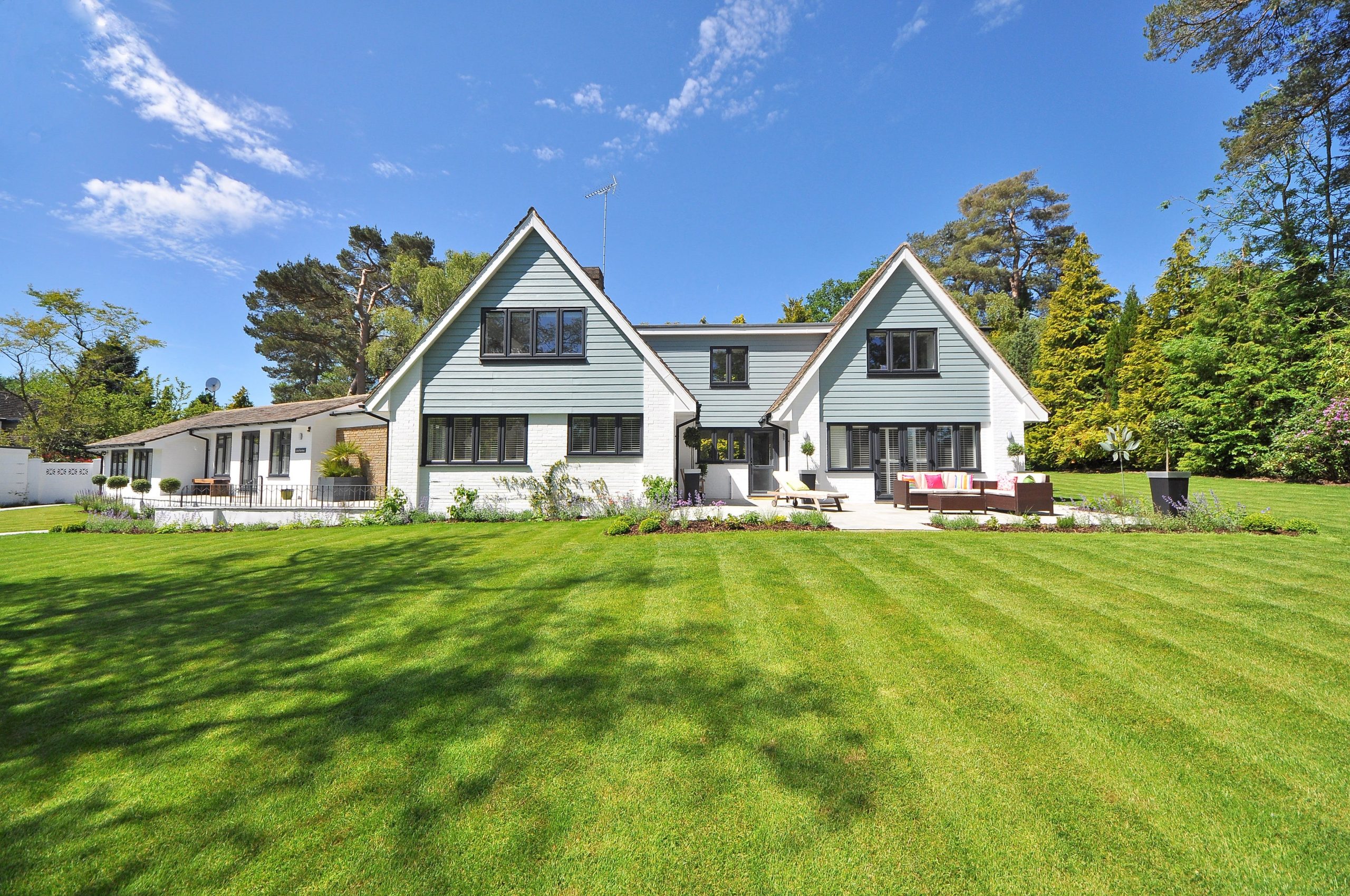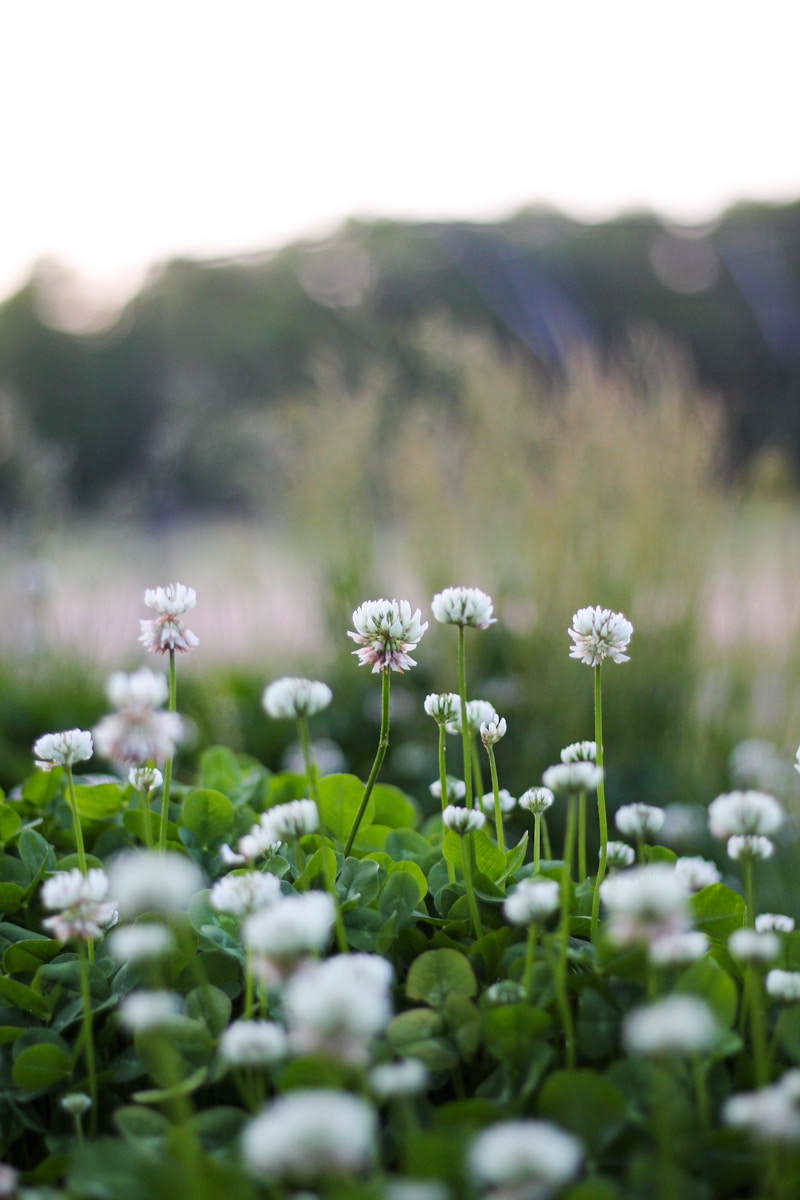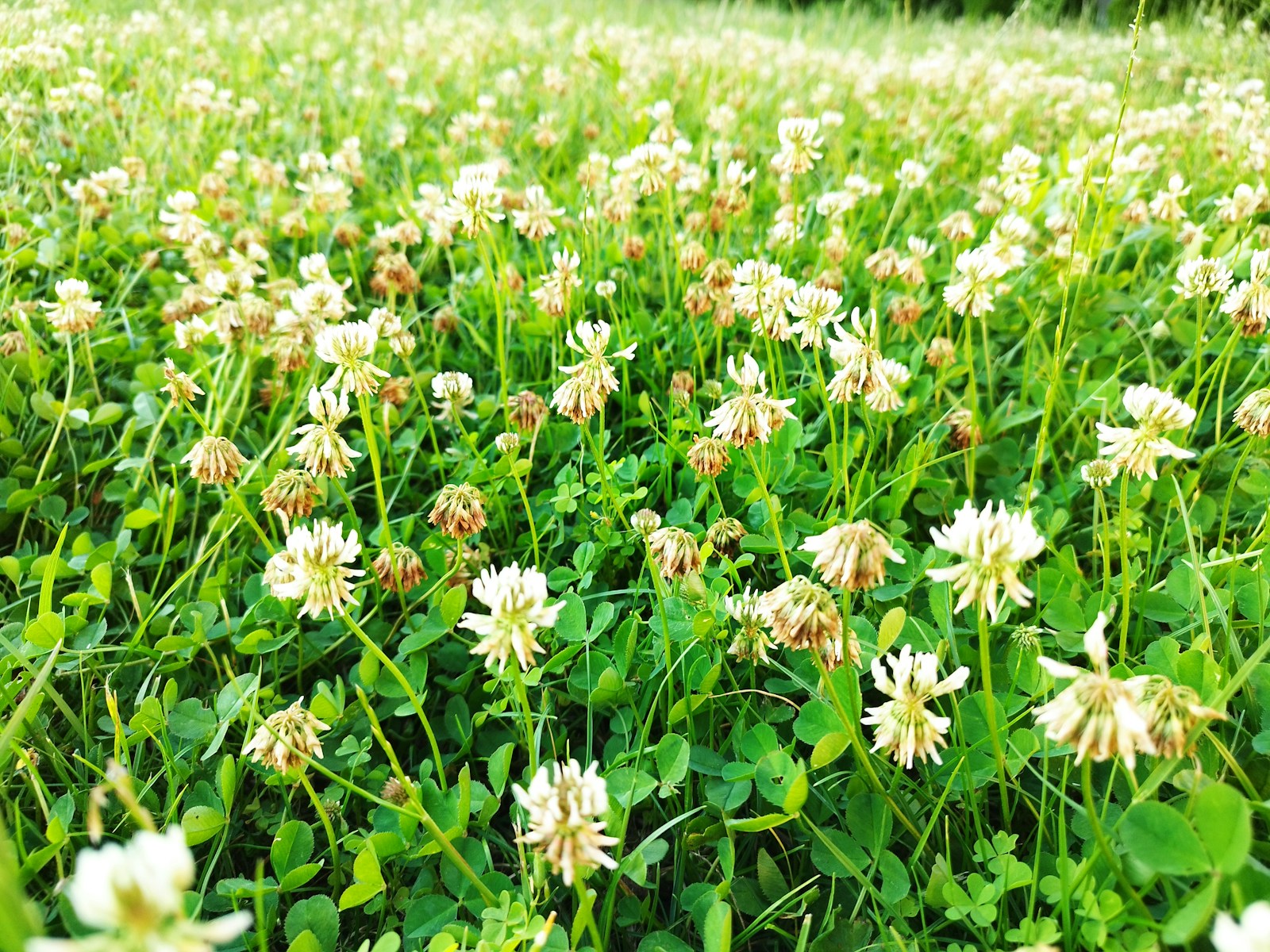In the heartland of America, where sprawling landscapes weave their way through states like Ohio, Michigan, Illinois, Wisconsin, Iowa, and Minnesota, maintaining a lush, green lawn is a point of pride for many homeowners. However, achieving that picturesque carpet of green requires more than just regular mowing and watering. Enter overseeding – the secret weapon in the arsenal of lawn care enthusiasts. In this guide, we delve into the intricacies of overseeding and uncover the optimal timing for rejuvenating your lawn in the Midwest.
Understanding Overseeding
Overseeding, simply put, is the process of sowing grass seed over an existing lawn. This technique helps fill in bare patches, improve density, and enhance the overall health and appearance of the turf. Whether your lawn is struggling due to foot traffic, pests, or environmental stressors, overseeding offers a cost-effective solution to revitalize its vitality and vigor.
The Best Time to Overseed
Timing is crucial when it comes to overseeding, particularly in the Midwest, where distinct seasonal changes dictate the rhythm of lawn care. For optimal results, aim to overseed during the late summer to early fall months, typically from late August to early October. During this period, the soil remains warm, promoting rapid germination and establishment of the newly sown seeds. Additionally, cooler temperatures and reduced weed competition create an ideal environment for seedling growth.
Factors to Consider
While the late summer to early fall window is generally ideal for overseeding in the Midwest, several factors warrant consideration:
- Soil Temperature: Aim for soil temperatures between 50°F and 65°F for optimal seed germination. You can monitor soil temperatures using a soil thermometer to gauge the most favorable conditions.
- Weather Patterns: Keep an eye on weather forecasts to ensure stable conditions during the overseeding process. Avoid overseeding during periods of extreme heat, drought, or heavy rainfall, as these conditions can hinder seedling establishment.
- Grass Type: Choose grass seed varieties that are well-suited to the specific climate and growing conditions of your region. In the Midwest, cool-season grasses such as Kentucky bluegrass, fine fescue, and perennial ryegrass thrive in the temperate climate.
- Preparation: Proper preparation is key to successful overseeding. Begin by mowing the existing lawn at a lower height to expose the soil surface and remove any accumulated thatch. Aerating the soil prior to overseeding helps improve seed-to-soil contact and enhances nutrient uptake.
In the verdant landscapes of the Midwest, overseeding emerges as a fundamental practice for maintaining healthy and vibrant lawns year-round. By adhering to the optimal timing and meticulous preparation techniques outlined in this guide, homeowners across states like Ohio, Michigan, Illinois, Wisconsin, Iowa, and Minnesota can achieve the lush, emerald-green lawn of their dreams. So, roll up your sleeves, grab your seed spreader, and embark on a journey towards lawn perfection – because in the Midwest, a beautiful lawn isn’t just a sight to behold; it’s a way of life.



